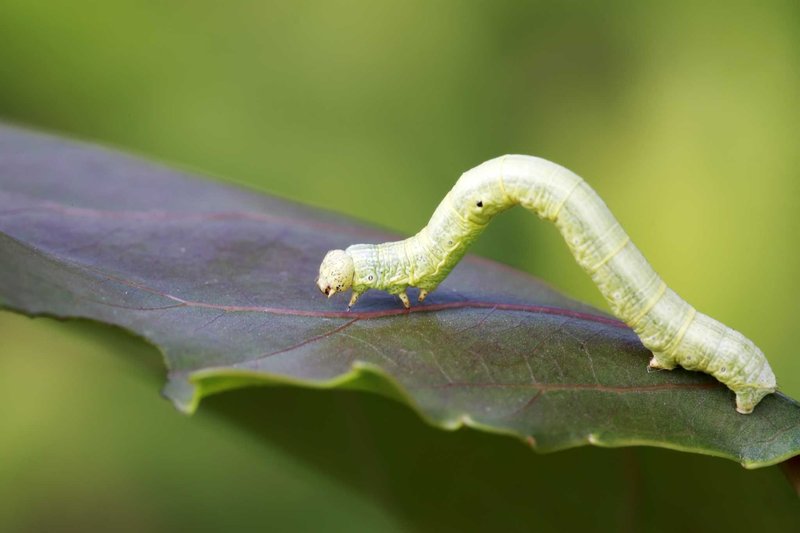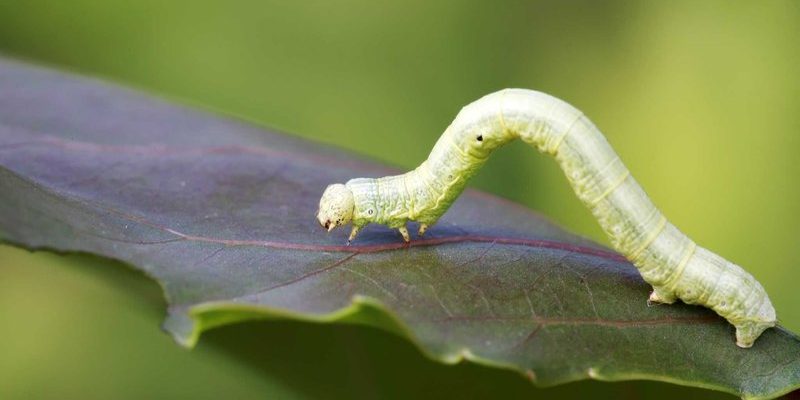
Imagine a city park buzzing with life. Squirrels scurrying up trees, birds chirping in the branches, and inchworms making their slow but steady way along the twigs. They’re more than just a cute addition to the scene; these little guys play an important role in the ecosystem. By understanding how inchworms interact with urban forests, we can better appreciate their presence and learn valuable coexistence tips that can help preserve these green sanctuaries. Let’s dig in!
What Are Inchworms?
Inchworms, scientifically known as *Geometridae*, are the caterpillar stage of certain moths. With their unique way of moving—stretching their bodies and then pulling themselves forward—they resemble little measuring devices, hence the name “inchworm.” These fascinating insects can be found munching on leaves in many environments, often blending into their surroundings as a survival tactic.
You might be wondering why inchworms are important in the first place. Well, they play a crucial role in the food chain. Birds, small mammals, and other predators rely on them as a food source. Plus, their eating habits help with leaf control in trees. When they’re not munching away, inchworms also contribute to the overall health of urban forests by promoting the growth of certain plant species.
Why Urban Forests Matter
Urban forests are like the lungs of our cities; they provide fresh air, shade, and a refuge for wildlife. Think of them as nature’s little breathing spaces set against the backdrop of concrete. These forests are not just pretty to look at—they help to cool the environment, reduce air pollution, and provide habitat for countless species, including our friend, the inchworm.
Moreover, urban forests offer a place for residents to relax and connect with nature. They encourage outdoor activities like walking, jogging, and bird-watching, helping people foster a sense of community. Just like a cozy café or a friendly park, urban forests invite interaction and joy.
Coexistence Tips for Inchworms and Urban Forests
If you want to encourage inchworms in your urban forest, there are a few coexistence tips you can follow. First, you should create a habitat that supports their life cycle. Planting native trees and shrubs is a fantastic start. Native plants are adapted to local conditions and provide the right environment for inchworms to thrive.
Next, try to limit the use of pesticides in your gardens and parks. These chemicals might seem effective for keeping pests at bay, but they can harm beneficial insects like inchworms. Instead, consider more natural pest control methods, such as companion planting or attracting beneficial insects like ladybugs.
Recognizing Inchworm Damage in Urban Forests
While inchworms can be beneficial, they can also cause some damage to trees if their populations get too high. So, how can you recognize if inchworms are becoming a problem in your urban forest? Look for these signs:
- Defoliation: If you notice leaves being eaten, especially in a concentrated area, inchworms might be the culprits.
- Presence of Silk: Inchworms often spin silk threads as they move. If you spot silky strands hanging from branches, it could be a hint that they’re around.
- Visible Inchworms: Of course, if you see the inchworms themselves inching along, that’s a sure sign!
If you notice any of these signs, it’s crucial to monitor the situation. While a few inchworms can be harmless, a large outbreak could harm the health of your urban forest.
Creating Awareness About Inchworms
Education plays a vital role in fostering coexistence between inchworms and urban forests. Sharing information about these fascinating creatures helps people understand their benefits and the importance of protecting them. Schools, community centers, and local organizations can host workshops or nature walks that highlight the role of inchworms in the ecosystem.
Another engaging approach is to create informational signs in parks. These can explain what inchworms are, their benefits, and how to identify them. It’s a fun way to spark curiosity and promote a love for nature while helping others understand the balance within our urban forests.
As we navigate the hustle and bustle of city life, it’s easy to forget the incredible wildlife around us, including inchworms. By taking simple steps to protect and coexist with these small creatures, we can enhance the beauty and functionality of our urban forests. Remember to plant native species, limit pesticide use, and educate others about the importance of inchworms.
In the end, it’s about creating a vibrant and sustainable environment where both nature and city life can flourish side by side. So, the next time you see an inchworm inching along, take a moment to appreciate the little guy and the big role he plays in our urban forests!

